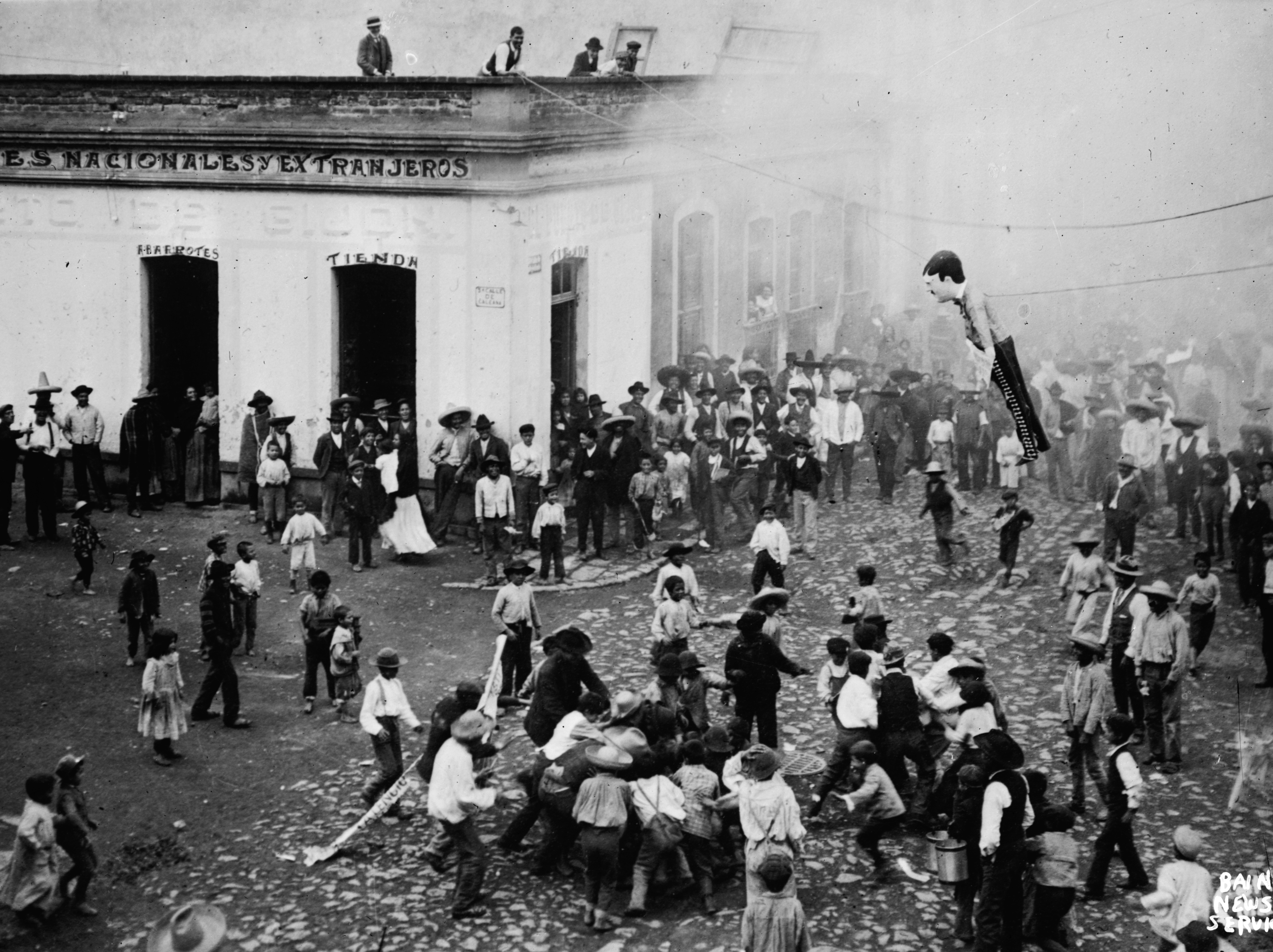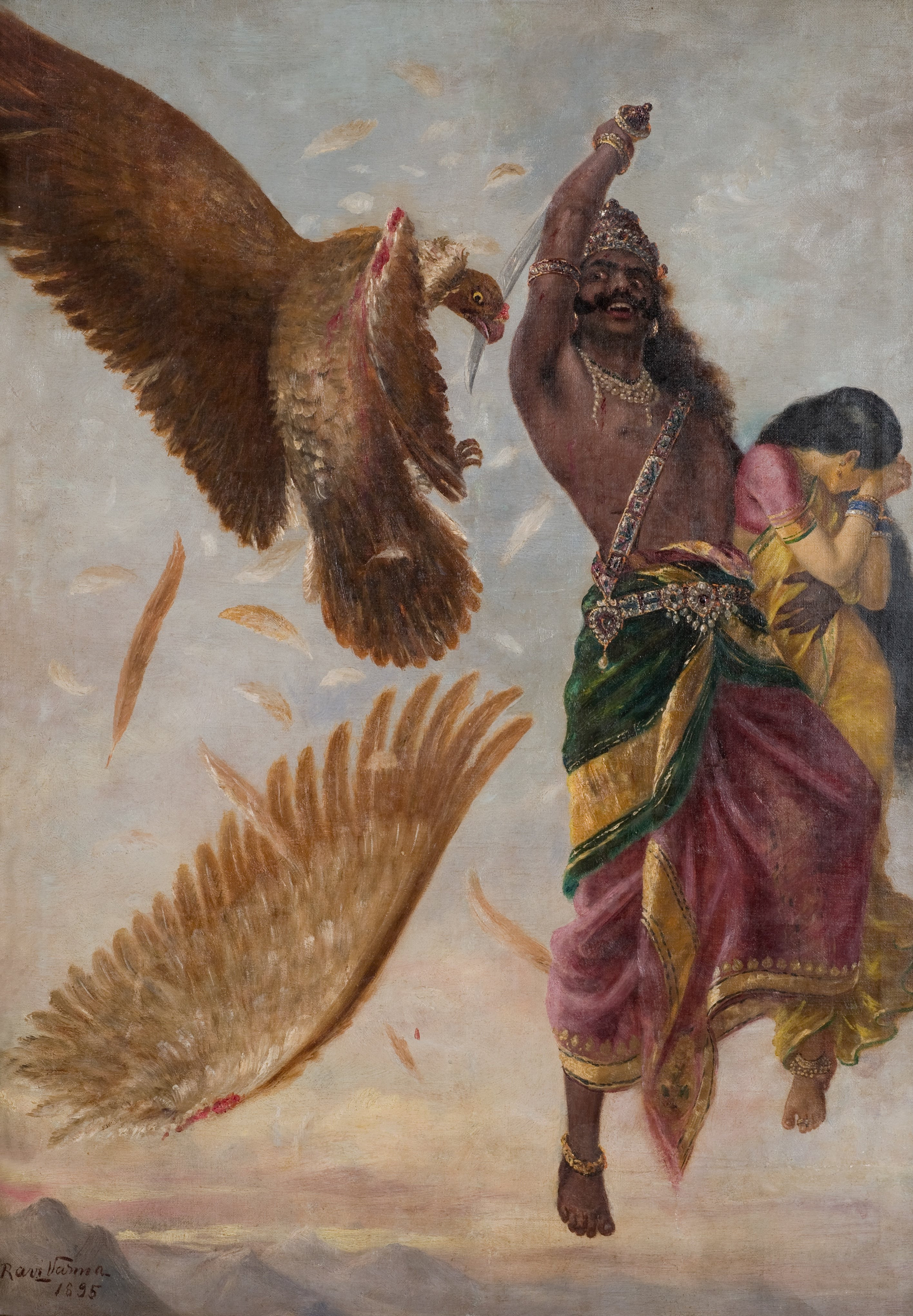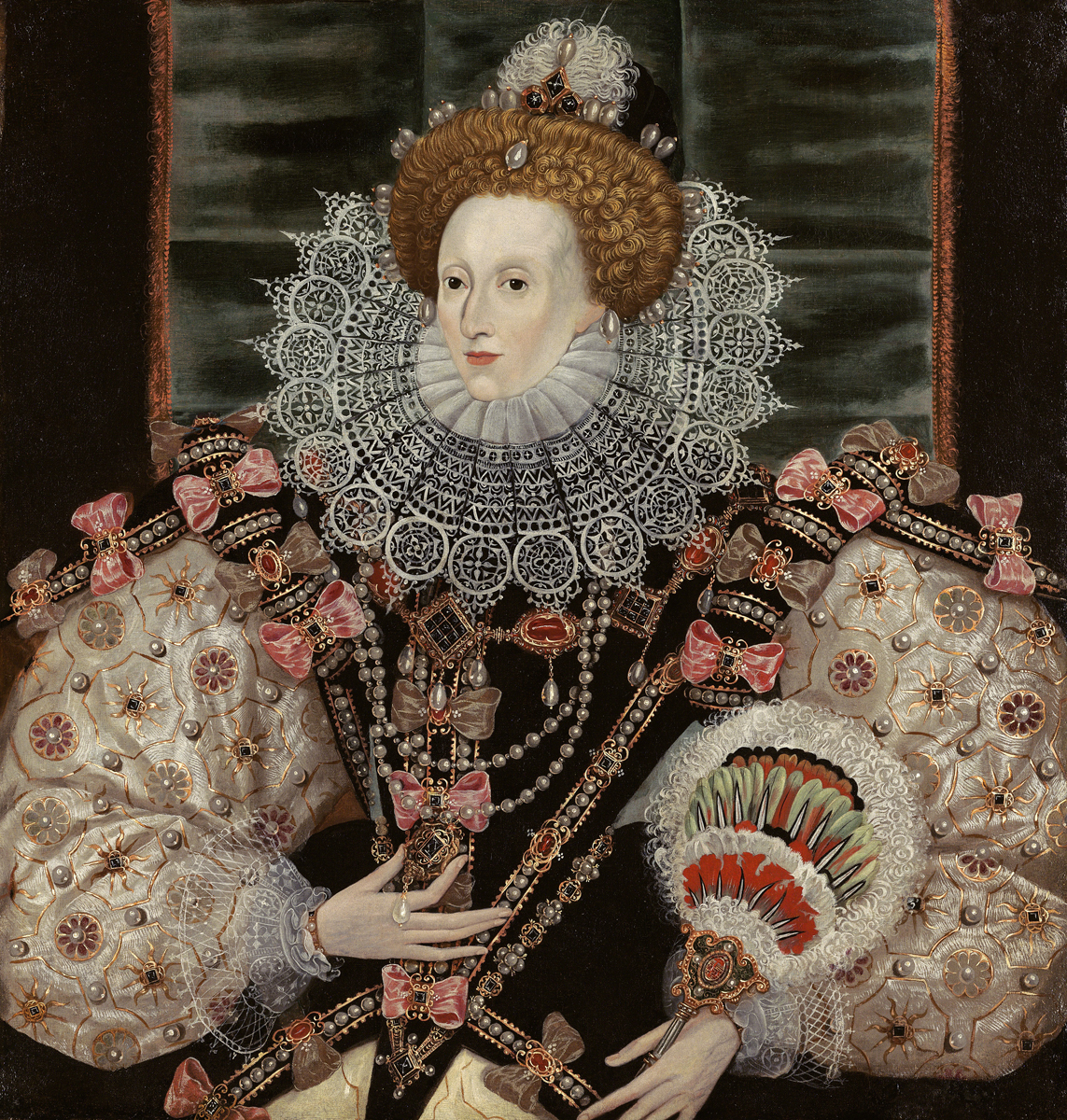|
Effigies
An effigy is a sculptural representation, often life-size, of a specific person or a prototypical figure. The term is mostly used for the makeshift dummies used for symbolic punishment in political protests and for the figures burned in certain traditions around New Year, Carnival and Easter. In European cultures, effigies were used in the past for punishment in formal justice when the perpetrator could not be apprehended, and in popular justice practices of social shaming and exclusion. Additionally, "effigy" is used for certain traditional forms of sculpture, namely tomb effigies, funeral effigies and coin effigies. There is a large overlap and exchange between the ephemeral forms of effigies. Traditional holiday effigies are often politically charged, for instance, when the generalised figures Año Viejo (the Old Year) or Judas in Latin America are substituted by the effigy of a despised politician. Traditional forms are also borrowed for political protests. In India, for in ... [...More Info...] [...Related Items...] OR: [Wikipedia] [Google] [Baidu] |
Tomb Effigy
A tomb effigy (French language, French: ''gisant'' ("lying")) is a sculpted effigy of a deceased person usually shown lying recumbent on a rectangular slab, presented in full ceremonial dress or wrapped in a shroud, and shown either dying or shortly after death. Such Funerary art, funerary and commemorative reliefs were first developed in Ancient Egyptian and Etruscan civilization, Etruscan cultures, and appear most frequently in Western European tombs from the late 11th century, in a style that continued in use through the Renaissance and early modern period, and is still sometimes used. They typically represent the deceased in a state of "eternal repose", with hands folded in prayer, lying on a pillow, awaiting resurrection. A husband and wife may be depicted lying side by side. Medieval life-size recumbent effigies were first used for tombs of royalty and senior clerics, before spreading to the nobility. A particular type of late medieval effigy was the ''transi'', or cadaver ... [...More Info...] [...Related Items...] OR: [Wikipedia] [Google] [Baidu] |
Guy Fawkes Night
Guy Fawkes Night, also known as Guy Fawkes Day, Bonfire Night and Fireworks Night, is an annual commemoration list of minor secular observances#November, observed on 5 November, primarily in Great Britain, involving bonfires and fireworks displays. Its history begins with the events of 5 November 1605 Old Style and New Style dates, O.S., when Guy Fawkes, a member of the Gunpowder Plot, was arrested while guarding explosives the plotters had placed beneath the House of Lords. The Catholic Church in England and Wales, Catholic plotters had intended to assassinate English Reformation, Protestant king James VI and I, James I and his parliament. Celebrating that the king had survived, people lit bonfires around London. Months later, the Observance of 5th November Act 1605, Observance of 5th November Act mandated an annual public day of thanksgiving for the plot's failure. Within a few decades Gunpowder Treason Day, as it was known, became the predominant English state co ... [...More Info...] [...Related Items...] OR: [Wikipedia] [Google] [Baidu] |
Ramlila
Ramlila or Ramleela (; literally 'Rama's lila or play') is any dramatic folk re-enactment of the life of Rama according to the ancient Hindu epic ''Ramayana'' or secondary literature based on it such as the '' Ramcharitmanas''. It particularly refers to the thousands of the Hindu god Rama-related dramatic plays and dance events, that are staged during the annual autumn festival of Navaratri in India. After the enactment of the legendary war between good and evil, the Ramlila celebrations climax in the Vijayadashami (Dussehra) night festivities where the giant grotesque effigies of evil such as of the rakshasa (demon) Ravana are burnt, typically with fireworks.Ramlila, the traditional performance of the Ramayana UNESCO [...More Info...] [...Related Items...] OR: [Wikipedia] [Google] [Baidu] |
1765 Stamp Act
The Stamp Act 1765, also known as the Duties in American Colonies Act 1765 ( 5 Geo. 3. c. 12), was an act of the Parliament of Great Britain which imposed a direct tax on the British colonies in America and required that many printed materials in the colonies be produced on stamped paper from London which included an embossed revenue stamp. Printed materials included legal documents, magazines, playing cards, newspapers, and many other types of paper used throughout the colonies, and it had to be paid in British currency, not in colonial paper money. The purpose of the tax was to pay for British military troops stationed in the American colonies after the French and Indian War, but the colonists had never feared a French invasion to begin with, and they contended that they had already paid their share of the war expenses. Colonists suggested that it was actually a matter of British patronage to surplus British officers and career soldiers who should be paid by London. Th ... [...More Info...] [...Related Items...] OR: [Wikipedia] [Google] [Baidu] |
Ravana
According to the Mahakavya, Hindu epic, ''Ramayana'', Ravana was a kingJustin W. Henry, ''Ravana's Kingdom: The Ramayana and Sri Lankan History from Below'', Oxford University Press, p.3 of the island of Lanka, in which he is the chief antagonist and is considered to be a Rakshasa (demon). In the ''Ramayana'', Ravana is described as the eldest son of sage Vishrava and Kaikesi, Kaikasi. He abducted Rama's wife, Sita, and took her to his kingdom of Lanka, where he held her in the Ashok Vatika, Ashoka Vatika. Rama, with the support of vanara King Sugriva and his army of vanaras, launched a rescue operation for Sita against Ravana in Lanka. Ravana was subsequently slain, and Rama rescued his beloved wife Sita. Ravana was well-versed in the six shastras and the four Vedas, including the Shiva Tandava Stotra. Ravana is also considered to be the most revered devotee of Shiva. Images of Ravana are often seen associated with Shiva at temples. He also appears in the Buddhist Mahayana t ... [...More Info...] [...Related Items...] OR: [Wikipedia] [Google] [Baidu] |
Burning Of Judas
The burning of Judas is an Easter-time ritual that originated in European Christians, Christian communities where an effigy of Judas Iscariot is burned. Other related mistreatment of Judas effigies include hanging, flogging, and exploding with fireworks. Though not an official part of the Easter liturgical cycle, the custom is typically a part of the reenactment of the story of the Passion (Christianity), Passion that is practiced by the faithful during Easter. Customs vary, but the effigy of Judas is typically hanged (reenacting ) on Good Friday, then burned on the night of Easter Sunday. In many parts of Latin America this practice occurs on the eve of the New Year as a symbol of ridding one's self of evil and beginning a new year in spiritual purity. Some communities observe this ritual using various effigies, including the biblical Judas (who betrayed Jesus). This custom, during which the effigy is burned on a stake, is called "Quema del Judas" ("the burning of Judas") in U ... [...More Info...] [...Related Items...] OR: [Wikipedia] [Google] [Baidu] |
Ravana Fizzles
According to the Hindu epic, ''Ramayana'', Ravana was a kingJustin W. Henry, ''Ravana's Kingdom: The Ramayana and Sri Lankan History from Below'', Oxford University Press, p.3 of the island of Lanka, in which he is the chief antagonist and is considered to be a Rakshasa (demon). In the ''Ramayana'', Ravana is described as the eldest son of sage Vishrava and Kaikasi. He abducted Rama's wife, Sita, and took her to his kingdom of Lanka, where he held her in the Ashoka Vatika. Rama, with the support of vanara King Sugriva and his army of vanaras, launched a rescue operation for Sita against Ravana in Lanka. Ravana was subsequently slain, and Rama rescued his beloved wife Sita. Ravana was well-versed in the six shastras and the four Vedas, including the Shiva Tandava Stotra. Ravana is also considered to be the most revered devotee of Shiva. Images of Ravana are often seen associated with Shiva at temples. He also appears in the Buddhist Mahayana text Laṅkāvatāra Sūtra, in ... [...More Info...] [...Related Items...] OR: [Wikipedia] [Google] [Baidu] |
Sussex Bonfire Societies
The Sussex Bonfire Societies are responsible for the series of bonfire festivals concentrated on central and eastern Sussex, with further festivals in parts of Surrey and Kent from September to November each year. The Lewes celebrations, by far the largest and most well-attended event, mark both Guy Fawkes Night and the burning of 17 Protestant martyrs in Lewes's High Street from 1555 to 1557, during the reign of Mary Tudor. Development The Sussex Bonfire tradition is a uniquely local form of protest with several influences under the motto We Burn For Good. Whereas Guy Fawkes night in most parts of Great Britain is traditionally commemorated at large public fireworks displays or small family bonfires, towns in Sussex and Kent hold huge gala events with fires, processions and festivals. The tradition has remained strong for more than a century becoming the highlight of the year for many towns and villages in the South East. The Bonfire Societies use the events to collect mo ... [...More Info...] [...Related Items...] OR: [Wikipedia] [Google] [Baidu] |
Gunpowder Plot
The Gunpowder Plot of 1605, in earlier centuries often called the Gunpowder Treason Plot or the Jesuit Treason, was an unsuccessful attempted regicide against James VI and I, King James VI of Scotland and I of England by a group of English Catholics, English Roman Catholics, led by Robert Catesby, who considered their actions attempted tyrannicide and who sought regime change in England after decades of religious persecution. The plan was to blow up the House of Lords during the State Opening of Parliament on Tuesday 5 November 1605, as the prelude to a popular revolt in the English Midlands, Midlands during which King James's nine-year-old daughter, Elizabeth Stuart, Queen of Bohemia, Princess Elizabeth, was to be installed as the new head of state. Catesby is suspected by historians to have embarked on the scheme after hopes of greater religious tolerance under James VI and I, King James I had faded, leaving many English Catholics disappointed. His fellow conspirators were ... [...More Info...] [...Related Items...] OR: [Wikipedia] [Google] [Baidu] |
Edmund Allenby, 1st Viscount Allenby
Field Marshal Edmund Henry Hynman Allenby, 1st Viscount Allenby, (23 April 1861 – 14 May 1936) was a senior British Army officer and imperial governor. He fought in the Second Boer War and also in World War I, in which he led the British Empire's Egyptian Expeditionary Force (EEF) during the Sinai and Palestine Campaign against the Ottoman Empire in the conquest of Palestine. The British succeeded in capturing Beersheba, Jaffa, and Jerusalem from October to December 1917. His forces occupied the Jordan Valley during the summer of 1918, then went on to capture northern Palestine and defeat the Ottoman Yildirim Army Group's Eighth Army at the Battle of Megiddo, forcing the Fourth and Seventh Army to retreat towards Damascus. Subsequently, the EEF Pursuit by Desert Mounted Corps captured Damascus and advanced into northern Syria. During this pursuit, he commanded T. E. Lawrence (''"Lawrence of Arabia"''), whose campaign with Faisal's Arab Sherifial Forces assiste ... [...More Info...] [...Related Items...] OR: [Wikipedia] [Google] [Baidu] |
Port Said
Port Said ( , , ) is a port city that lies in the northeast Egypt extending about along the coast of the Mediterranean Sea, straddling the west bank of the northern mouth of the Suez Canal. The city is the capital city, capital of the Port Said Governorate, Port Said governorate and it forms the majority of the governorate, where its seven districts comprise seven of the governorate's eight regions. At the beginning of 2023 it had a population of 680,375 people. The city was established in 1859 during the building of the Suez Canal. There are numerous old houses with grand balconies on all floors, giving the city a distinctive look. Port Said's twin city is Port Fuad, which lies on the eastern bank of the Suez Canal. The two cities coexist, to the extent that there is hardly any town centre in Port Fuad. The cities are connected by free Ferry, ferries running all through the day, and together they form a metropolitan area with over a million residents that extends both on the ... [...More Info...] [...Related Items...] OR: [Wikipedia] [Google] [Baidu] |
Pope
The pope is the bishop of Rome and the Head of the Church#Catholic Church, visible head of the worldwide Catholic Church. He is also known as the supreme pontiff, Roman pontiff, or sovereign pontiff. From the 8th century until 1870, the pope was the sovereign or head of state of the Papal States, and since 1929 of the much smaller Vatican City state. From a Catholic viewpoint, the primacy of the bishop of Rome is largely derived from his role as the apostolic successor to Saint Peter, to whom Petrine primacy, primacy was conferred by Jesus, who gave Peter the Keys of Heaven and the powers of "binding and loosing", naming him as the "rock" upon which the Church would be built. The current pope is Leo XIV, who was elected on 8 May 2025 on the second day of the 2025 papal conclave. Although his office is called the papacy, the ecclesiastical jurisdiction, jurisdiction of the episcopal see is called the Holy See. The word "see" comes from the Latin for 'seat' or 'chair' (, refe ... [...More Info...] [...Related Items...] OR: [Wikipedia] [Google] [Baidu] |









